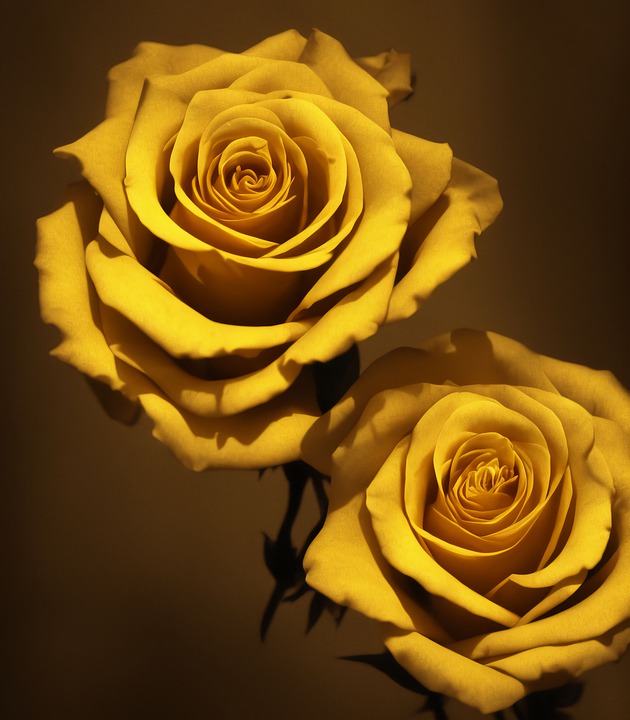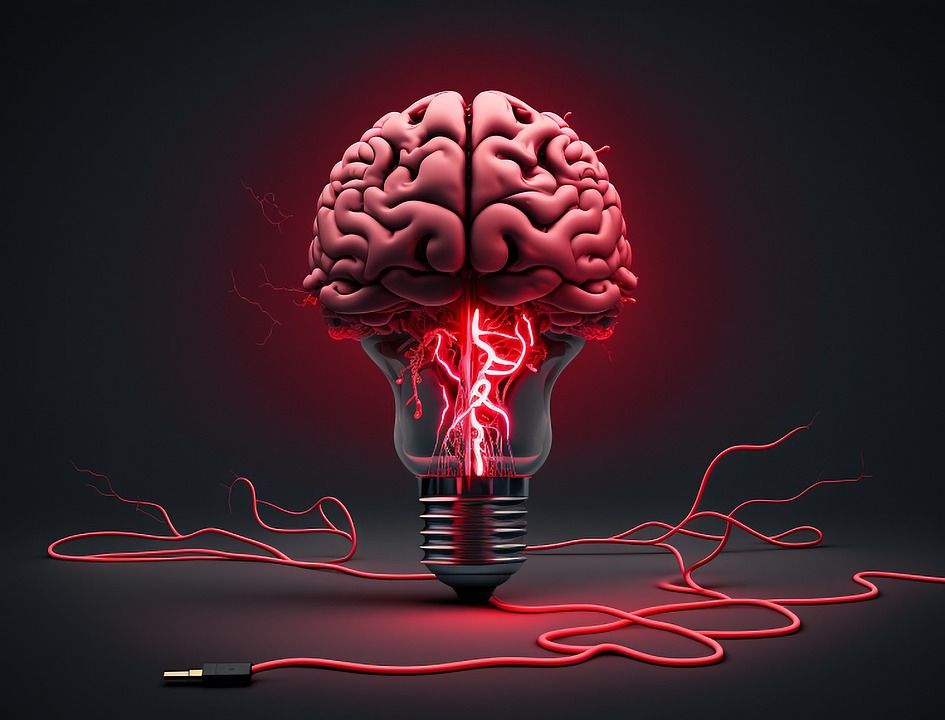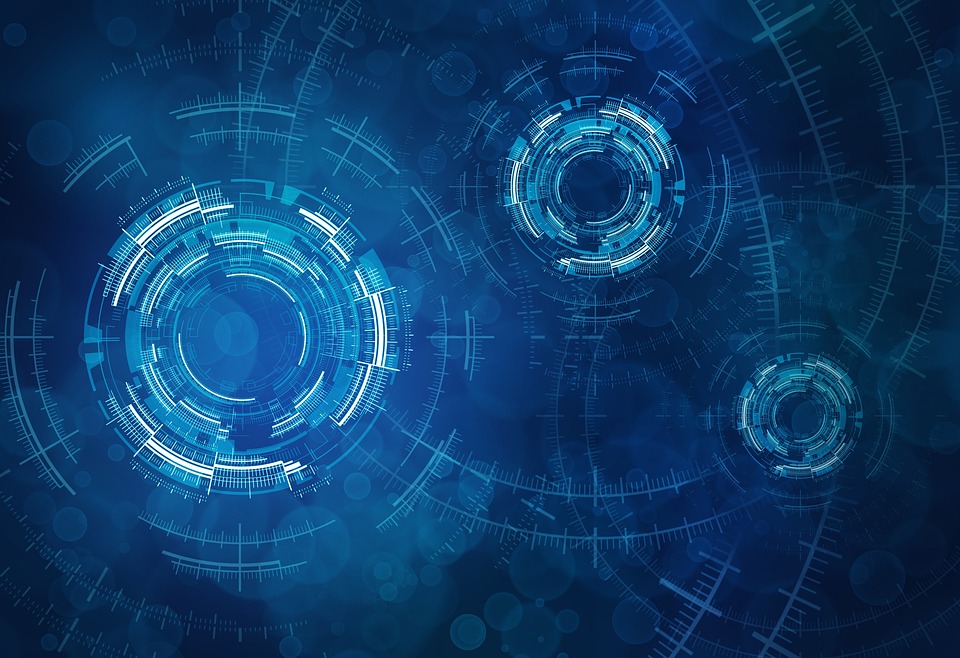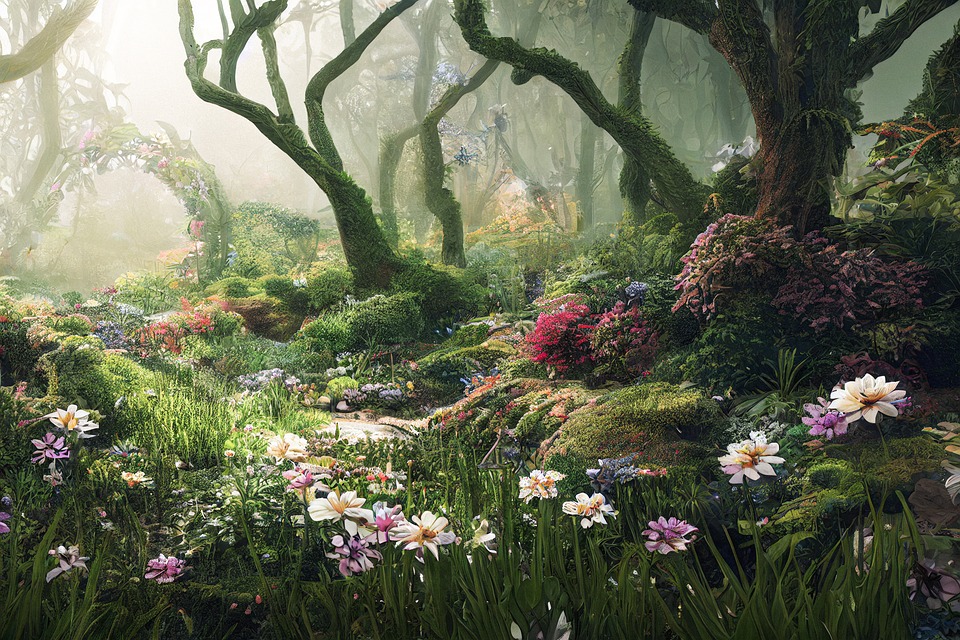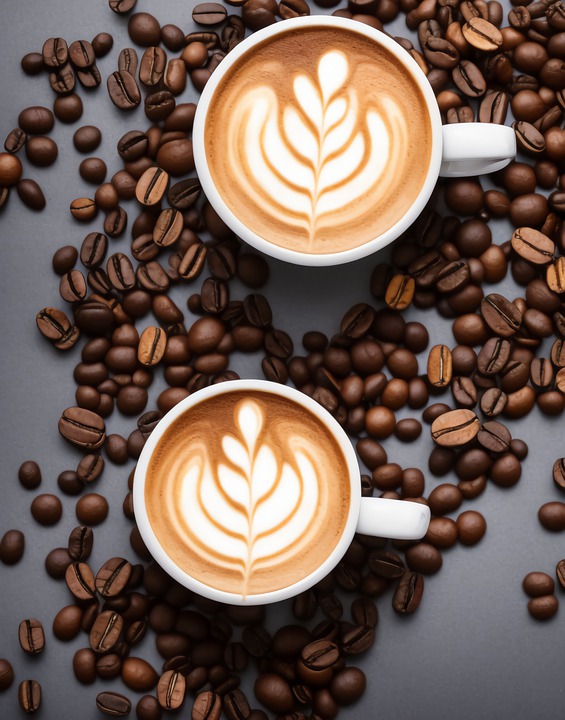
The growth of AI-generated art has been a captivating development in the intersection of art and technology. This type of art is created using artificial intelligence (AI) algorithms, rather than the human hand. AI-generated art has gained popularity in the last few years as more people recognize its potential.
An algorithm is responsible for creating AI-generated art based on specific parameters. These parameters can include color, shape, pattern, or texture. With these algorithms, the possibilities of creative expression are endless, from abstract paintings to digital sculptures.
The advancements in artificial intelligence technologies have largely driven the rise of AI-generated art. The development of AI technology has allowed for increasingly complex algorithms, resulting in more expressive and creative AI-generated art. These algorithms are now capable of creating art with more detail and complexity than a human artist.
The rise of AI-generated art is also accessible to a wider audience. This is possible because of the increasing availability and affordability of AI technology. Anyone can explore the potential of AI-generated art, regardless of their technical knowledge.
Digital art is another area that has contributed to the growth of AI-generated art. Digital art is becoming more popular, and AI is increasingly being used to generate such art. This type of AI-generated art is unique and creative, as it relies on the algorithms to create something new.
The rise of AI-generated art is also owed to the increased popularity of virtual reality (VR) technology. VR technology can provide an immersive and interactive experience. It allows artists to create art that is impossible to achieve with traditional art forms. AI-generated art can also be used in conjunction with VR technology to create an even more engaging experience.
The emergence of AI-powered software has enabled people to create AI-generated art easily. This software can be used to create art that is highly detailed and complex, something that may be impossible to achieve otherwise.
Finally, the growth of 3D printing technology has played a role in the rise of AI-generated art. 3D printing enables one to generate highly complex art forms that would be challenging to create using traditional methods.
The emergence of AI-generated art has opened up new avenues for expressive creativity. Its potential is endless, and it has the potential to revolutionize the way we both create and experience art. As AI technology improves, AI-generated art will only continue to grow and evolve in exciting new ways.

